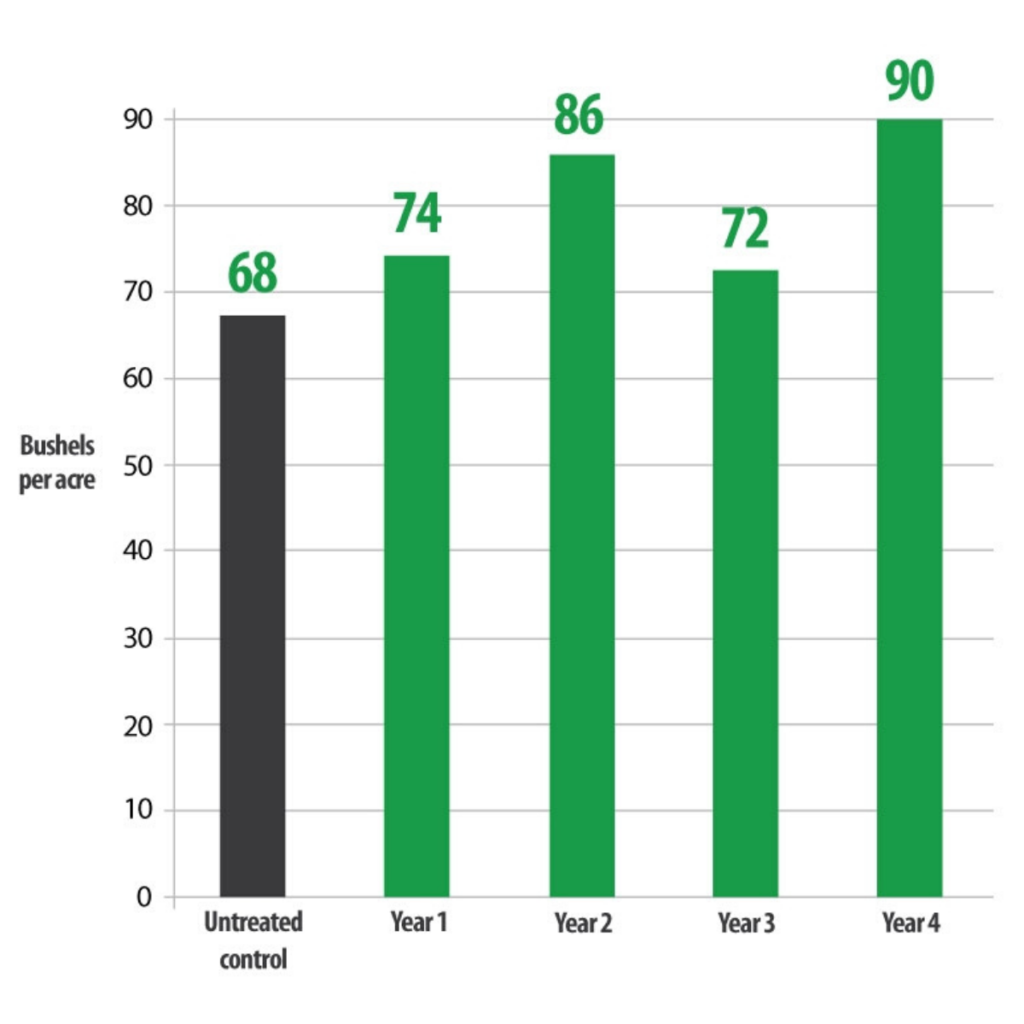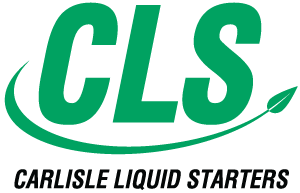
Increase your YIELDS by 8-12 % and produce Higher Quality Grain
What is Lignijoule
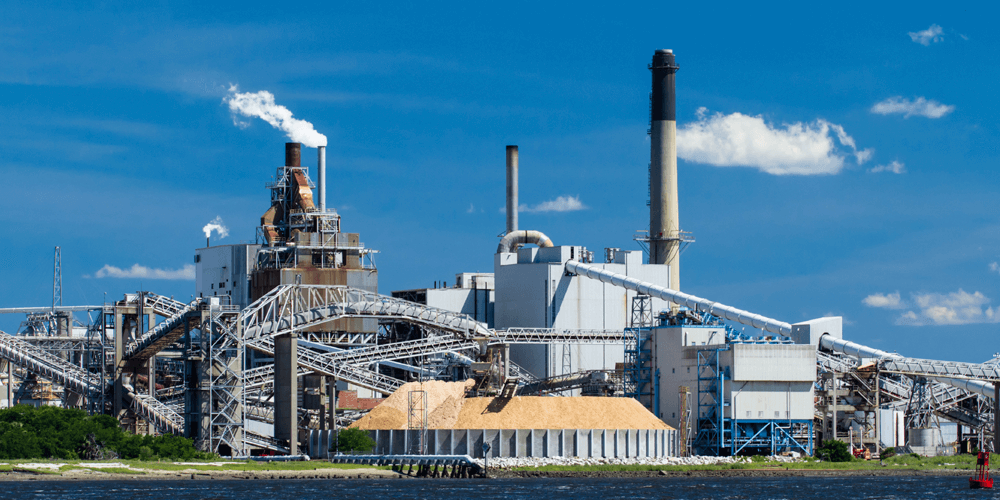
What is Lignijoule
Lignijoule products are a manufactured bio-polymer energy source, derived from renewable plant based ligin’s. A by-product of the pulp and paper industry, lignin, which is extracted in order to make high-white papers. This plant-based raw material allows our process to capture the basic energy of lignin and turn it into a 100% water-soluble powder. It’s 32% organic carbons aid the pant in its efforts to generate more photosynthesis. No matter the method of application, yield and quality gains no matter what crop it is being used on!
Application
Three Different Ways to Apply Lignijoule

In-Furrow Application

Seed Application
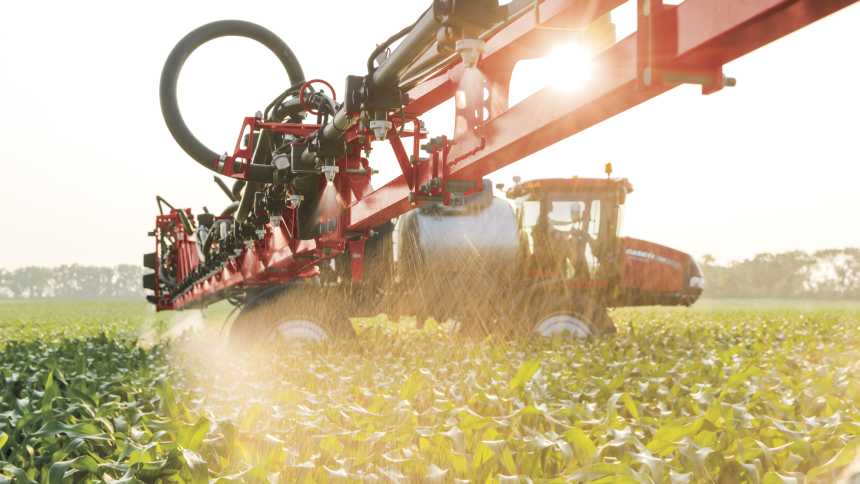
Foliar Applicaion
Lignijoule Soluability
Lignijoule can be applied alone or be mixed with most liquid fertilizers and herbicides. Contact us for all the details
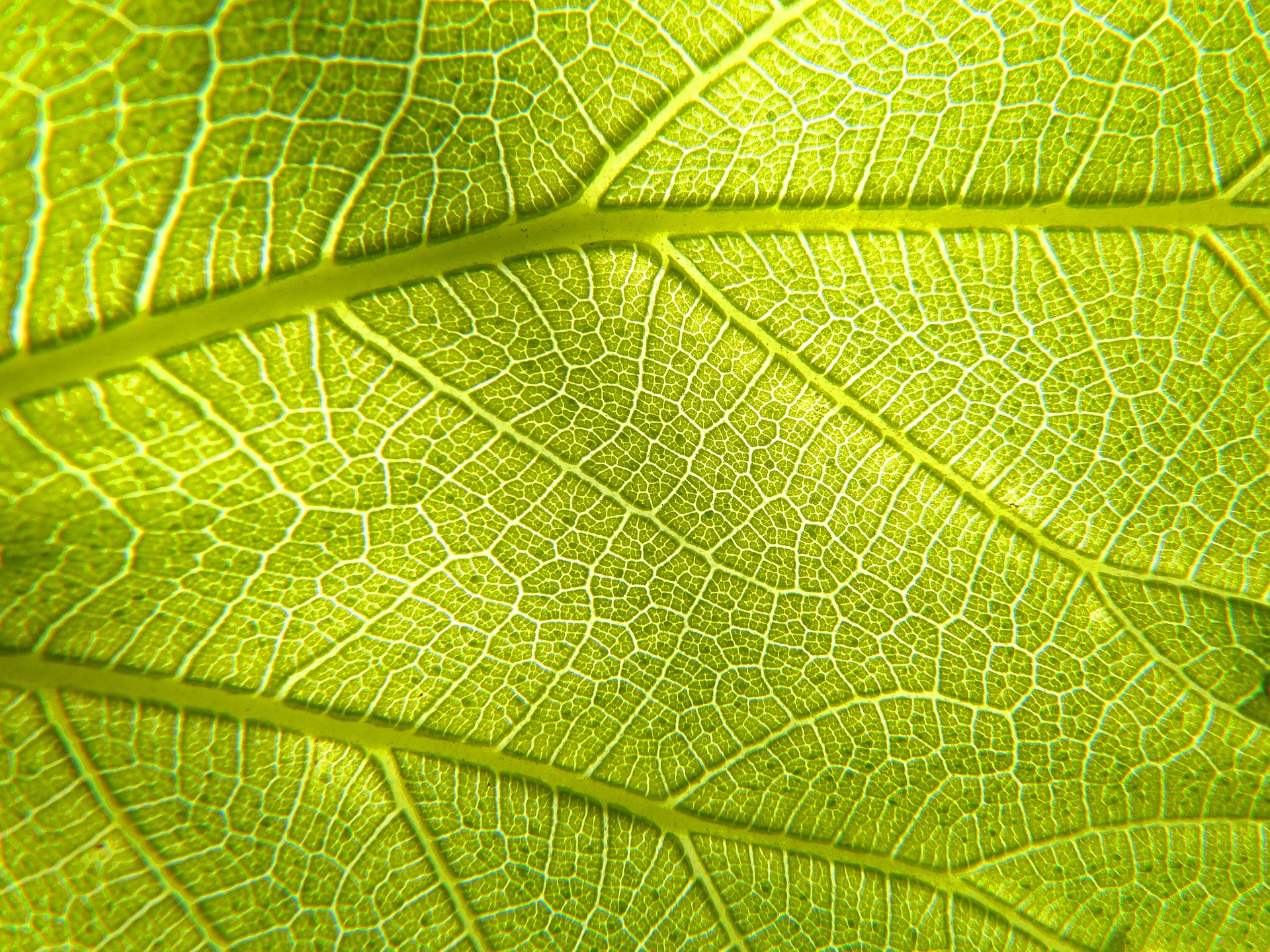
FREE sunlight- that drives photosynthesis!
MAXIMIZING FREE CROP INPUTS…
……by supporting photosynthesis...on all YOUR
acres! Every acre of YOUR land gives YOU access
to
>>FREE sunlight- that drives photosynthesis!
MORE energy to drive photosynthesis- is captured by your crops! More photosynthesis>more “leakage” from roots = microbes mine the soil!
The more FREE crop inputs YOU can capture-the BIGGER YOUR YIELDS- and the lower your cost
per unit of yield-for BIGGER PROFIT$ PER ACRE!
Benefits of Lignijoule

FREE Nitrogen
FREE NITROGEN-legumes capture this KEY element! Nitrogen supports plant growth and increases grain protein

FREE nutrients
FREE nutrients - acquired from the soil! Increased carbon leaking from ALL plant roots - feeds soil microbes!

FREE WATER
FREE Water-that soils can hold! Carbon adds to soil organic matter-to hold water!

FREE CARBON DIOXIDE
FREE carbon dioxide-photosynthesis uses! Carbon stored in plant dry matter-AND in ALL roots & soils!
Why Do Plants Grow Better in Greenhouses?
The Carbon Dioxide Factor
Among the many reasons why, the carbon dioxide factor is included in the top reasons. Greenhouse producers insure that their crop has a constant supply of carbon dioxide, which is required for proper sugar production. Carbon dioxide levels above ambient levels can have a dramatically positive effect on plant growth. It is considered to be a fertilizer. By increasing carbon dioxide levels to 750-1,500 ppm, growers can expect a 30-50% increase in yields over ambient C02 levels, and time to fruiting and flowering can be reduced by 7-10 days.
While every farmer dreams would be to have a greenhouse over every field, that is not a reality. However when Lignijoule is applied, whether on seed or leaf it increases the plants ability to absorb more CO2, resulting in larger leafs, stronger plants, along with EARLIER maturity and HIGHER yields!
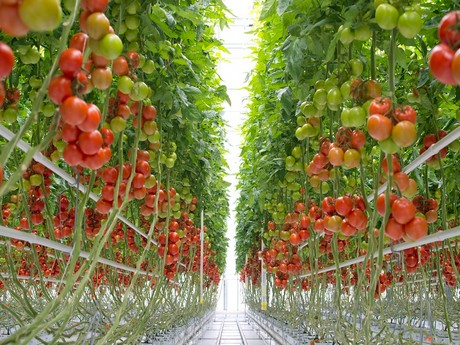
Alfalfa Trial
Foliar Application
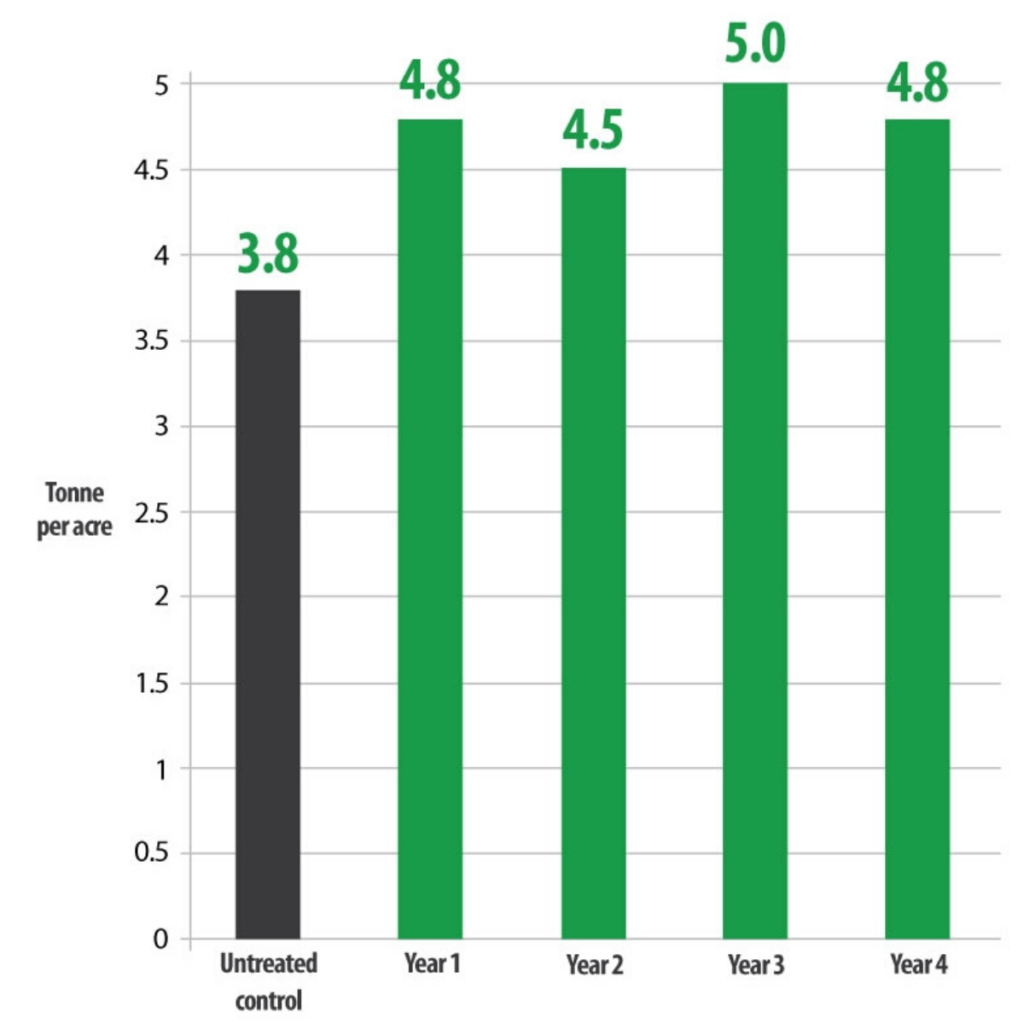
Starting with an untreated control of 3.8 tonnes of alfalfa per acre, the year after the first foliar application showed an increase of 1 tonne more yield than before. The second application followed with an increase of 0.8 tonnes per arce, the third year with a remarkable 1.2 tonne increase, and the fourth with another 1 tonnes increase of alfalfa yields.
In total, with Lignition foliar treatments on alfalfa over 4 years, there was a total increase of 4 tonnes per acre, which is an average increase of 26% per year, an average of 1 tonne per acre.
Protein yield, dry matter, and feed value per acre increases
3 cut system with 4 applications.
Average Increase of 1 Tonne per acre.
Corn Trial
Seed Application
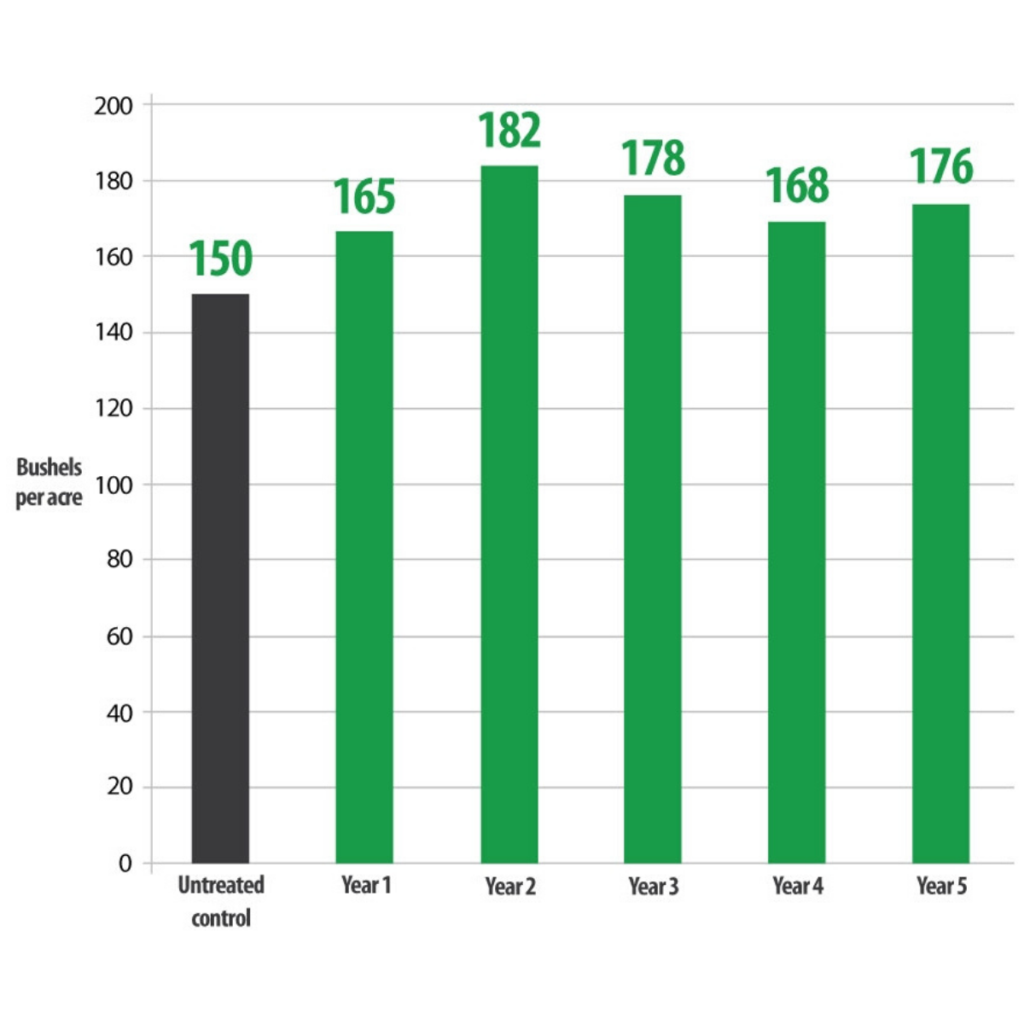
Over a trial period of five years, seed applied treatment to corn showed outstanding results. With an untreated control beginning with 150 bushels of corn per acre, increases were shown from an additional 15 bushels per acre to a substantial 32 extra bushels per acre.
In the span of Lignition treatments over five years, seed applied corn showed an overall total of 119 additional bushels of corn per acre, which is an average increase 16% per year. The average of 12 bushels to 32 bushels/acre.
Replicated contracted plot trials Ontario, Canada
100gm/tonne of seed, applied as a liquid.
Average Increase of 12 to 32 Bushels Per Acre
Winter Wheat Trial
Seed Application
